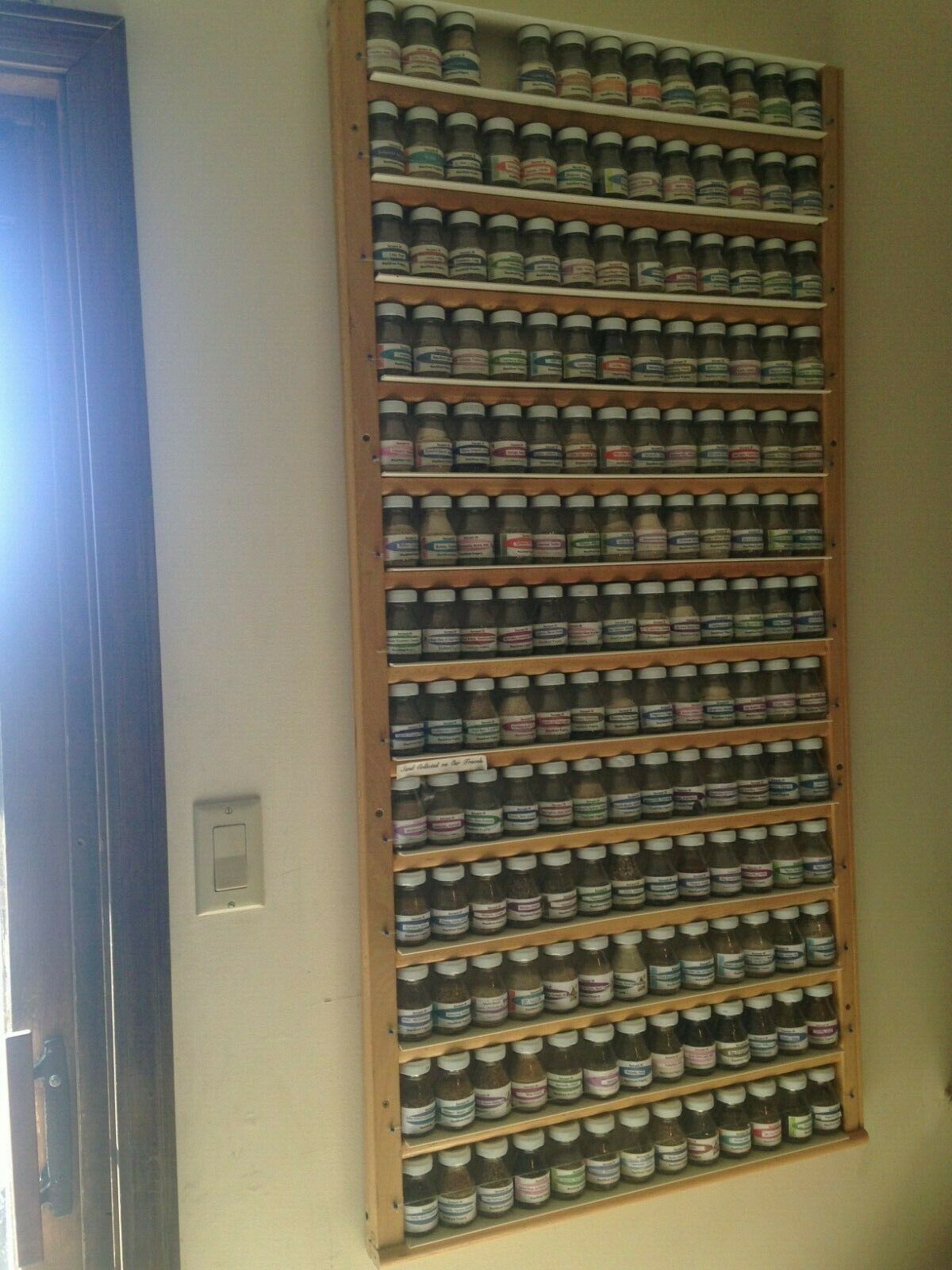-40%
Individual Topaz Mineral Mohs Scale Hardness Specimen Type (8)
$ 2.24
- Description
- Size Guide
Description
TopazAl
2
SiO
4
(F,OH)
2
For sale are individual topaz specimens, as illustrated.
What is Topaz?
Topaz is a silicate mineral consisting of the elements aluminium, silicon, oxygen, fluorine and hydrogen within the above chemical formula. Its crystal structure is orthorhombic, consisting of three axes that are mutually perpendicular and intersect at right angles.
Pure topaz is colourless, but is frequently coloured by impurities and/or exposure to radiation either naturally or artificially. These colours are prized in gem grade specimens which are cut to set into jewelry.
Topaz is an important mineral because it is the mineral of reference representing 8 on Moh's 1-10 scale of hardness, and thus, no rock or mineral collection is complete without at least one example of this crucial mineral! Topaz is not rare, but is relatively scarce compared to many of the other minerals on this scale.
Please see photos to see examples of a typical specimen.
What is Moh's scale?
The Moh's scale was invented by the famous German geologist and mineralogist Frederich Mohs (1773-1839) as a frame of reference for measuring the hardness of different naturally occurring minerals.
The minerals concerned are ranked (from softest to hardest) as follows:
1. Talc
Mg
3
Si
4
O
10
(OH)
2
2.
Gypsum (selenite)
CaSO
4
·2H
2
O
3.
Calcite
CaCO
3
4. Flourite
CaF
2
5. Apatite
Ca
5
(PO
4
)
3
(F,Cl,OH)
6.
Feldspar (Orthoclase)
KAlSi
3
O
8
7.
Quartz
SiO
2
8.
Topaz
Al
2
SiO
4
(F,OH)
2
9.
Corundum
Al
2
O
3
10.
Diamond C (pure carbon)
Although this scale is purely ordinal and ranked by class, rather than absolute hardness (for example, diamond is 4 times as hard as corundum, which is itself only twice as hard as topaz) it is still used by geologists today as a general frame of reference and is included in scratch based kits for testing a mineral's hardness in terms of this scale.
Topaz is a silicate mineral consisting of the elements aluminium, silicon, oxygen, fluorine and hydrogen within the above chemical formula. Its crystal structure is orthorhombic, consisting of three axes that are mutually perpendicular and intersect at right angles. Topaz is an important mineral because it is the mineral of reference representing 8 on Moh's 1-10 scale of hardness, and thus, no rock or mineral collection is complete without at least one example of this crucial mineral! Topaz is not rare, but is relatively scarce compared to many of the other minerals on this scale. Although this scale is purely ordinal and ranked by class, rather than absolute hardness (for example, diamond is 4 times as hard as corundum, which is itself only twice as hard as topaz) it is still used by geol









